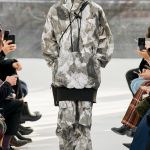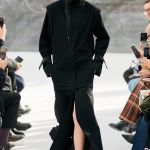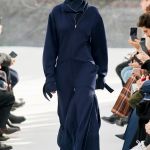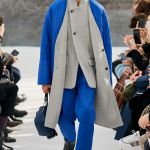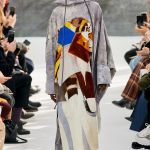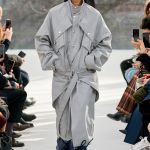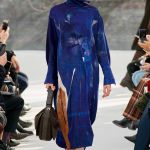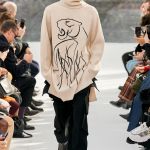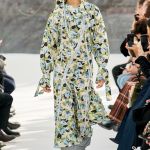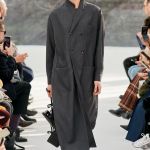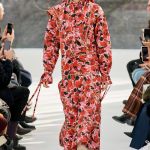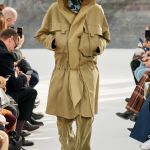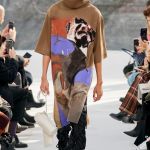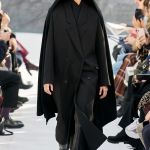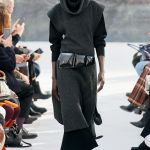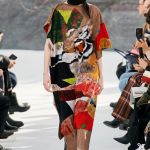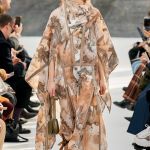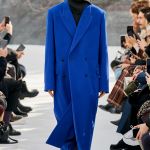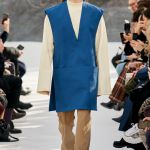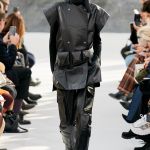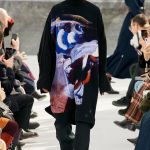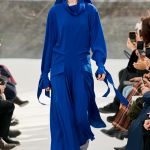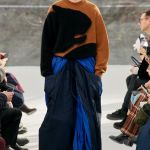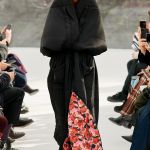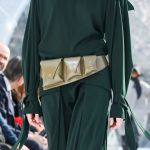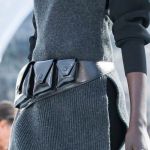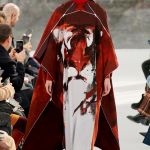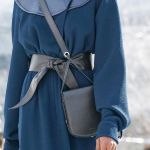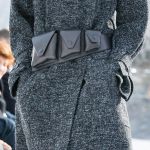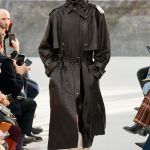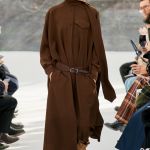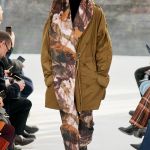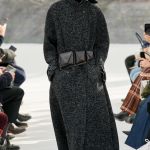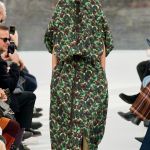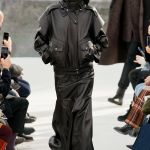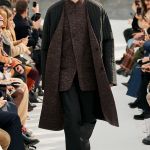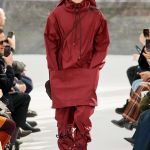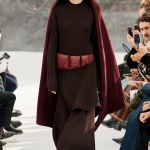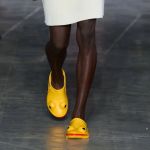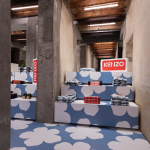
The new face of Kenzo
At his debut as creative director, Felipe Oliveira Baptista rewrote the aesthetics of the brand
February 27th, 2020
Yesterday morning, to the sound of tribal drum 'n' bass music in the background, Kenzo's FW20 collection show took place, which also marked the debut of Felipe Oliveira Baptista as creative director of the brand. It was a long, rich and above all energetic fashion show that in fifteen minutes was able to completely rewrite the image that the brand had assumed in recent years. The arrival of the Portuguese designer at the helm of the fashion house founded in the 1970s by the legendary Kenzo Takada, the designer who created the bridge between the world of Japanese creatives and Paris, has decisively erased the old image of the brand, causing it to remove sportswear aesthetic sown by Humberto Leon and Carol Lim. The greatest value of the collection designed by Oliveira Baptista was precisely to reread Kenzo's original iconography and connotations and to translate them effectively into a clear design language.
The love of prints, tunics, exoticism and theatrical use of volumes were the main ingredients of this reinvention along with a certain sub-saharian aesthetic, while the most playful features of Kenzo Takada's typical style have disappeared. The common thematic focus, however, remained transposing the shapes and codes of ethnic clothing, inspired by desert nomads and jungle explorers, in the aesthetics and materials typical of Western couture, with an emphasis on leather and on outerwear. The result is a series of structurally complex garments yet endowed with linear silhouettes, with creative uses of zips and flowing volumes. In addition to the nomad's image, the collection relies on the gimmicks of utilitarian fashion, with double-faced and modular garments reminiscent of a more delicate version of certain works by Craig Green.
The graphic elements are instead a mixture of old and new: the tiger, symbol of the brand, has been redesigned in a new minimalist style by the Portuguese artist Julio Pomar while other floral elements and some equestrian prints come from the brand's archives and are reimagined as camouflage patterns. The new logo of the fashion house, designed by the French studio M/M, was also used in the invitations to the show, while the clothes that went on the catwalk appeared without a logo on the wave of a new style that would seem minimalist but that actually relies more on the structural complexity than the "hook" of a visual element. The modularity of the elements has been present both in the clothes and in the new logo, the new version of which is designed to be decomposed, with the "K" that, as stated by the creative director himself, will become one of the main graphic elements of the upcoming collections.
To further underline the abrupt change from the aesthetics of previous directors Humberto Leon and Carol Lim, the show was held in broad daylight and not at night, as until this year was traditional for Kenzo. The walkway was a modular and inflatable plastic structure, built so that everyone was in the front row as if to invite them to observe the clothes very well and very closely. Oliveira Baptista also added that, in order to strive to produce more eco-friendly shows, the same structure will be reused in upcoming shows changing location from time to time and becoming the brand's new hallmark.

















































